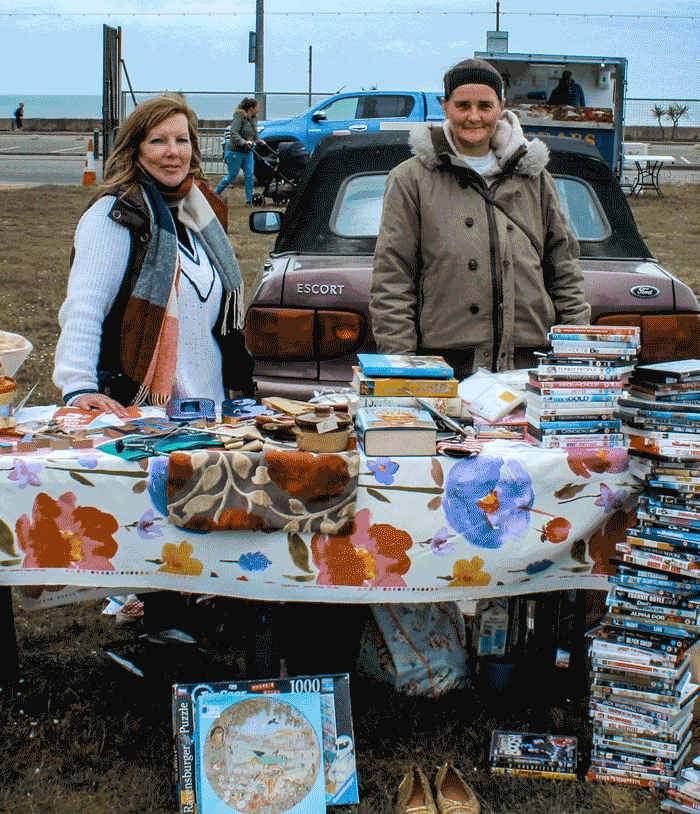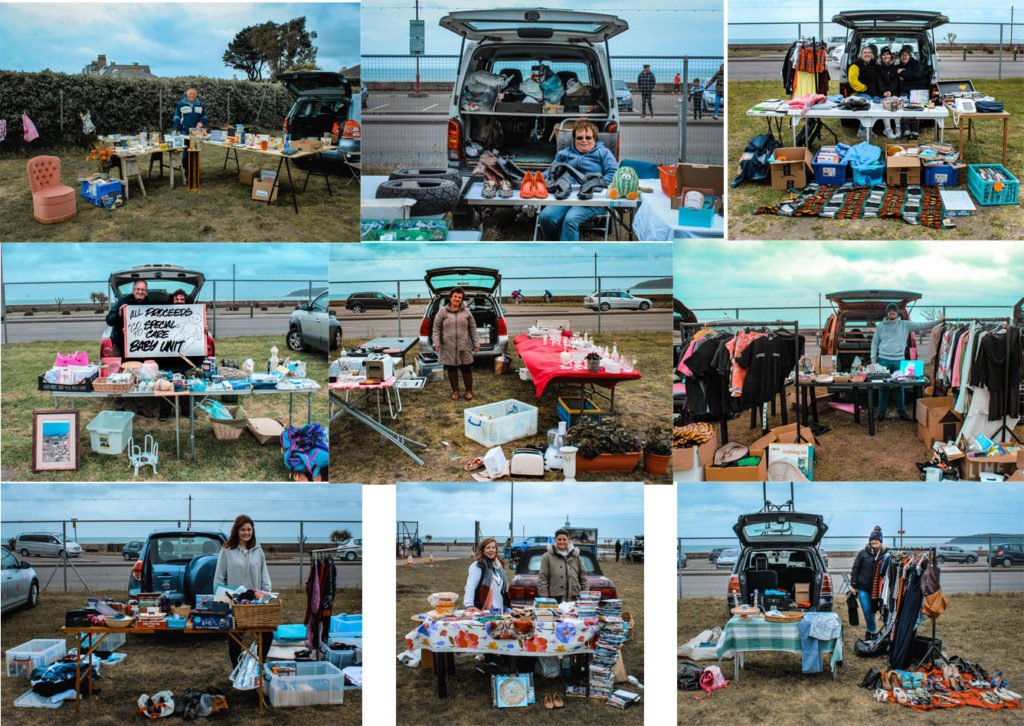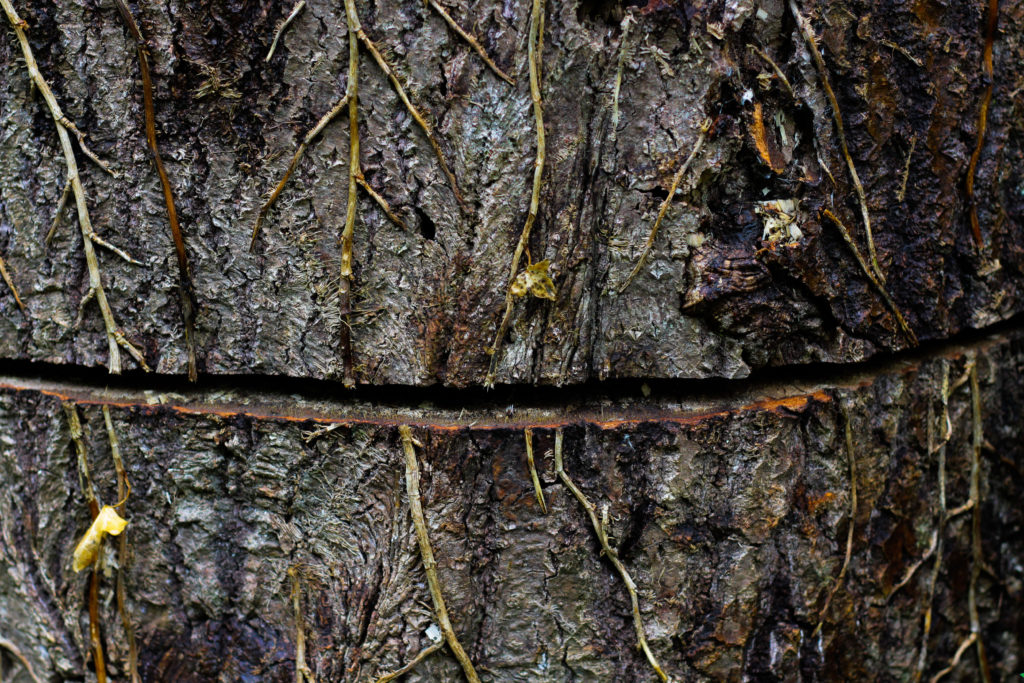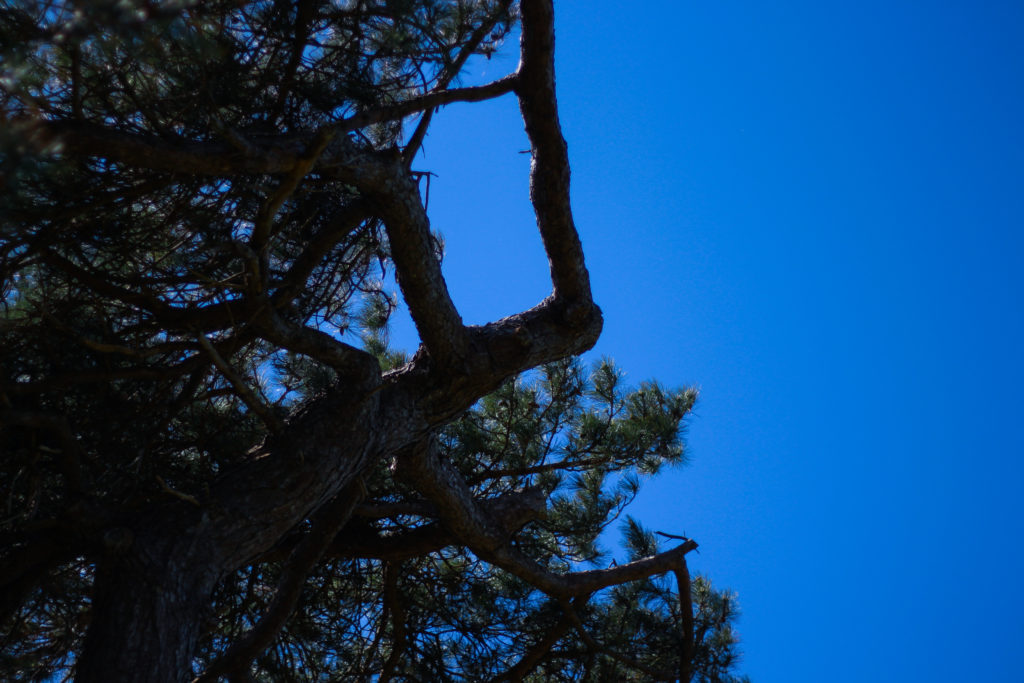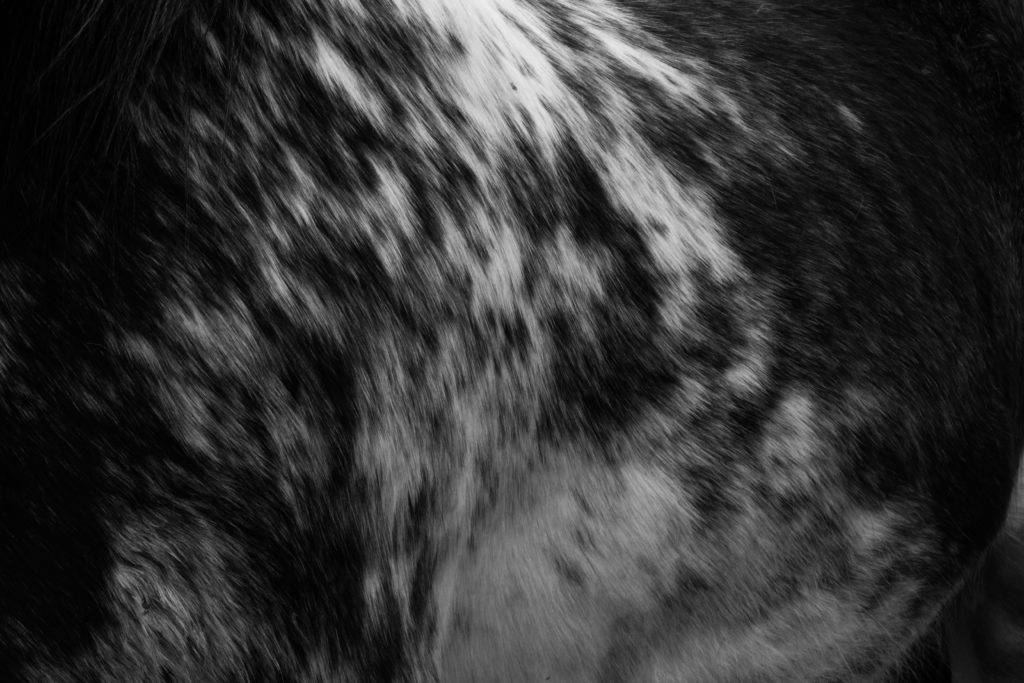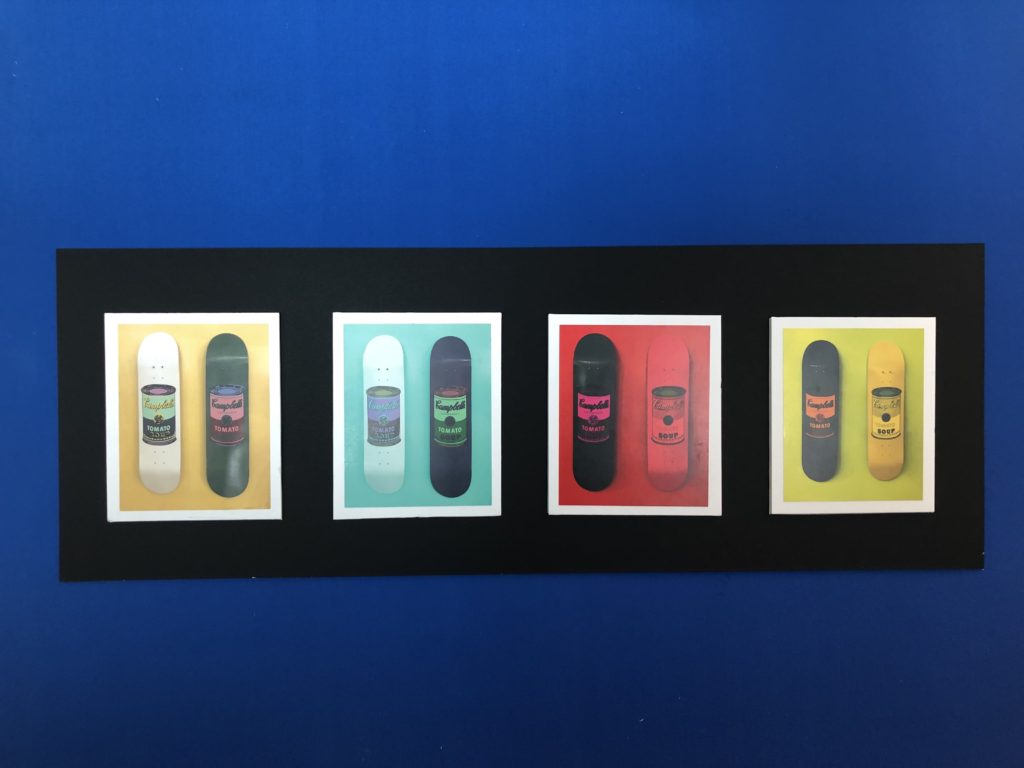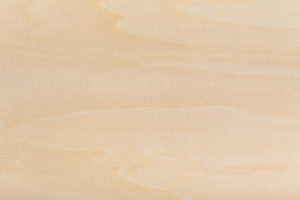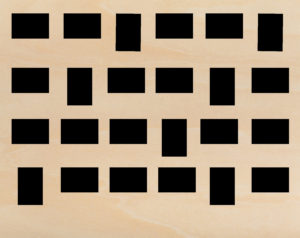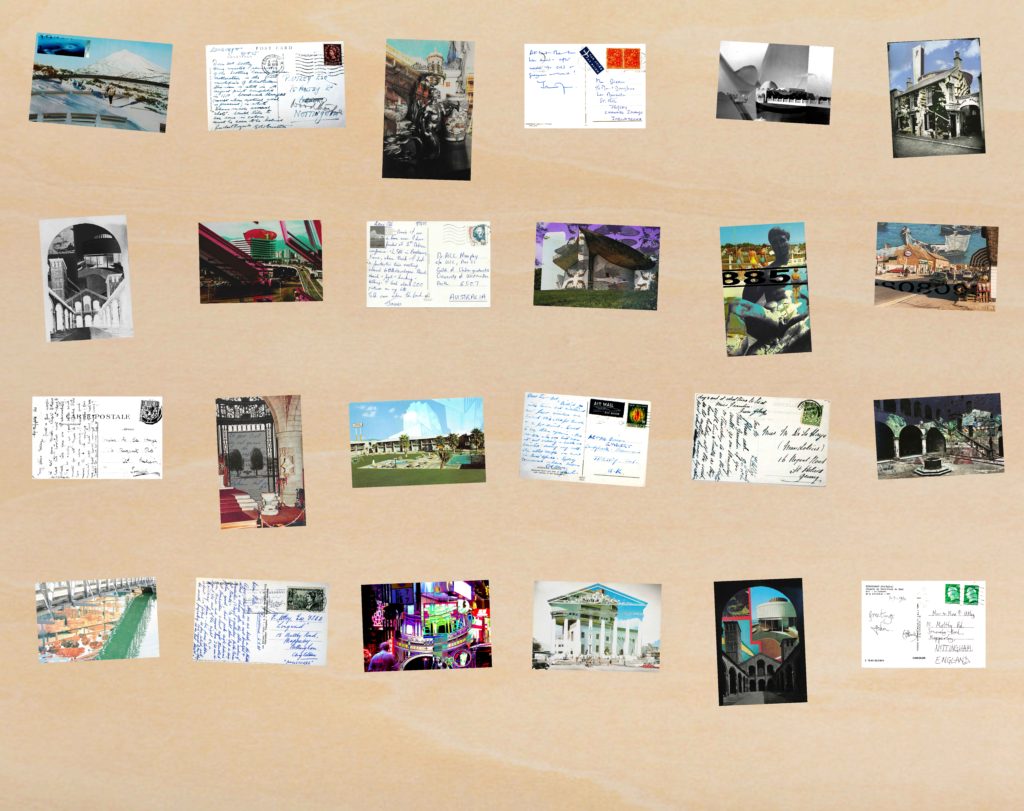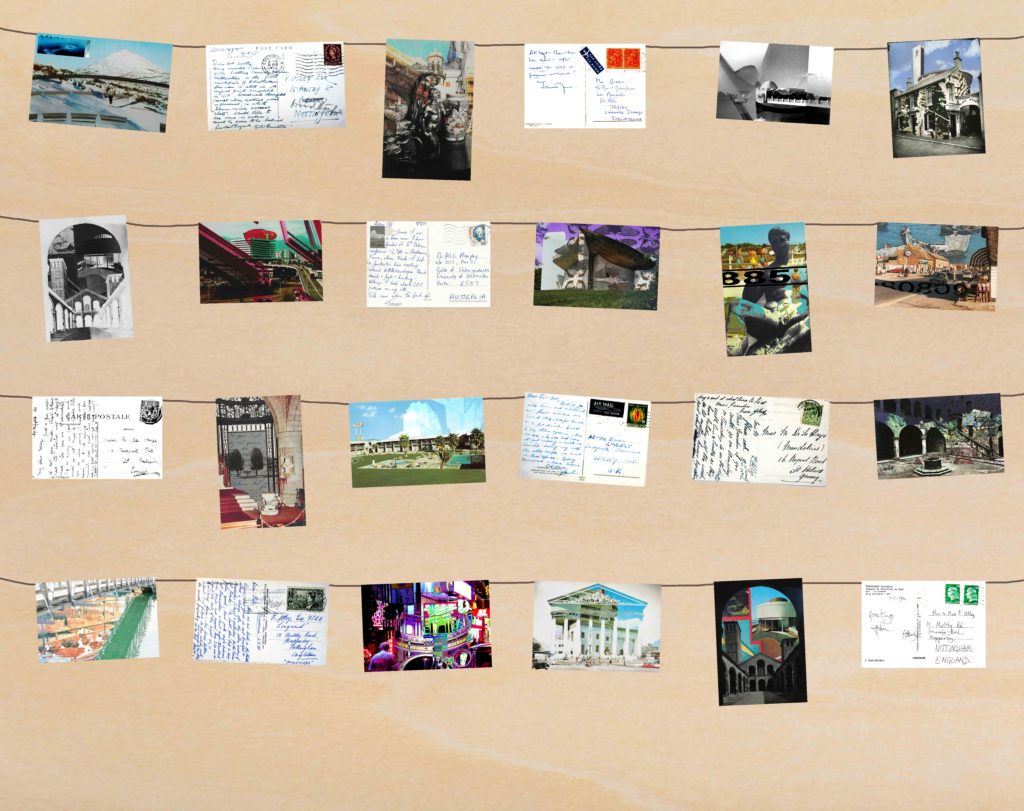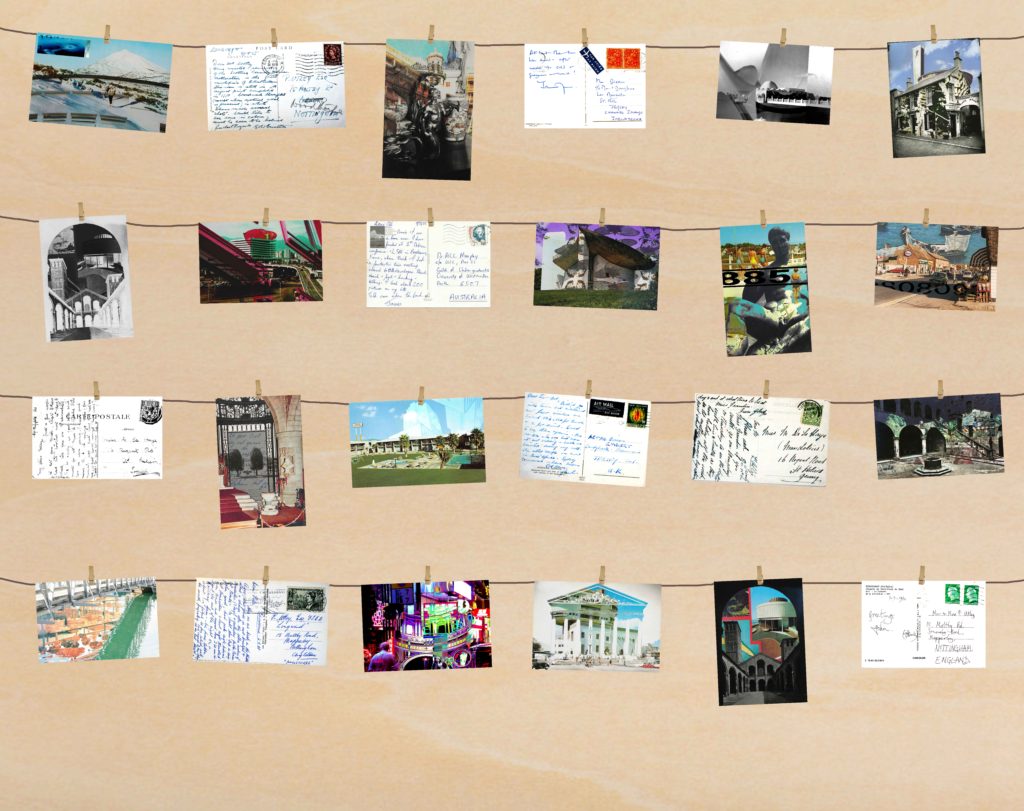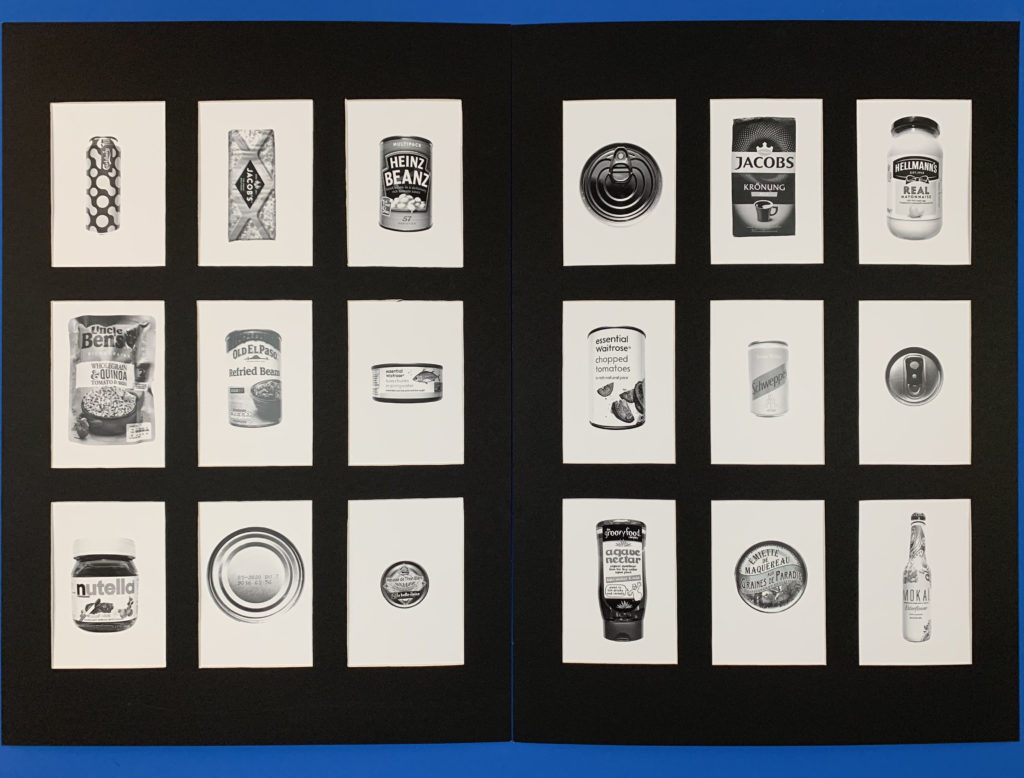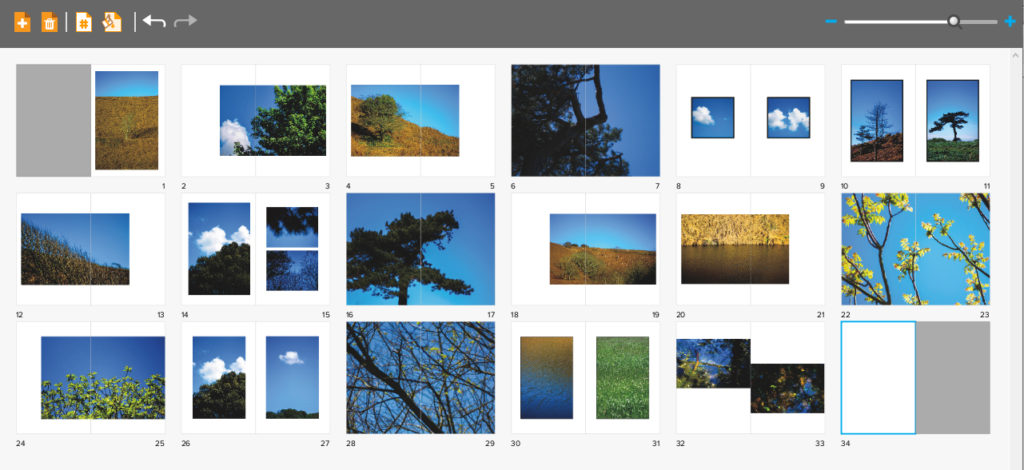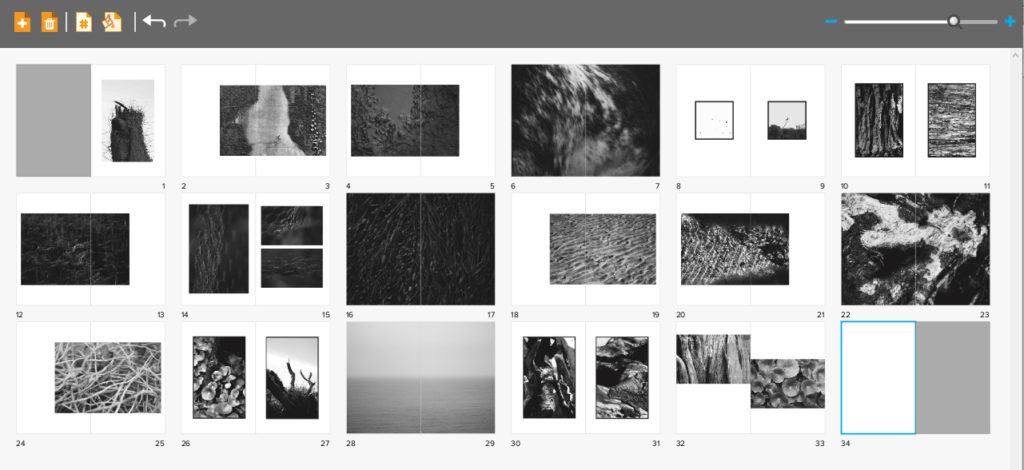My final pieces are displayed in two forms. In a photo book and mounts. These two forms allow my images to have a sequence to give my photo book a narrative. The narrative for my photo book was pin pointing areas and objects, with vibrant colours, and then capturing those images through carefully thought out shoots throughout London and creating juxtapositions between the images to make the viewer compare the similarities between the two varying images. This is where my project theme comes in. My main influence and inspirations came from three notable photographers; Keld-Helmer Peterson, Saul Leiter and Siegfried Hansen.
From the start of the project ‘variation and similarity’ I was researching the work of photographer Michal Wolf. I was very intrigued by his project ‘Hong Kong Inside Outside’ as it showed the extreme diversity and variation between the locals. His images subjects where of extreme poverty among mass apartment units. he does this in a very formal and symmetrical way. From here i started looking into colour photography and researched the auto chrome, all about the begging of colour photography and how it was first produced. This made me question why so many photographer take images with beautiful colour then go in photoshop and make it black and white. All the hard work and innovation. I wanted to use this as motivation to produce colourful images for the project and show the variations of colours in the objects, buildings and nature. I started by researching the pioneer of colour photography, Stephen shore. This opened me up to a whole new range of colour photographers, such as; Keld-Helmer Peterson, Saul Leiter and Siegfried Hanson. All of these photographers have a noticeable influence in my photo book. This is what kicked my project into action. From here i carefully planned out shoots each inspired by a different reference
Photo Book:
My photo book ‘The Colour And The Shape’. Was an overall success for a final display of my images to collate them a sequence. Throughout the design process, i thought of different colour combinations that would look suitable. I came to the conclusion of using tonal colours. I would colour match the focal colour in the image and i would make that the colour of the page. Although, i did not use this method for all pages. I found other colours that compliment the colours within the images to almost extent my own image. This is what helped me achieve the final result i was initially visualising and now that it is in physical form i couldn’t be any more pleased. To Conclude i am pleased with the final outcome of my final photobook as it meets specification points for the exam and my own specification for the project and the book.
Mounts:
The first set of images on the left are of a London bus that was traveling past. as i took a picture i took a burst to try and capture the full bus so that when it came to editing i could use them to build and image of the moving bus. Overall i am pleased with how this idea turned out in my final outcomes both in this layout and within my photo book.
The middle layout is of Skateboards showing the variation of colour mixes in the images and the new mixes when compared to one another.
Finally the last layout is of my strongest images from the overall project. This is why i decided to Lay them all out in a large format to display them. They all share similar colours to each other but are in the form of other dimensions, materials, place and position. so as a result of this i believe this to be my strongest and most successful layout when it comes to consideration for the theme of the project and final execution of the layout.
I am pleased with the final result of my prints. I feel that they were the best ways to present my final outcomes in a larger format.
If I were to do this project again i would, Produce more images and shoots to work with a wider range of images. I would capture images that are focusing on similar subjects and show in almost a typology form the similarities and variations they share. I would also research other artist references that use interesting editing skills to give new meaning to the image. Such as, joiner images.

